English at BIRD’S BUSH
TEACHING ENGLISH IN SCHOOL
Our English curriculum is the vehicle that drives teaching and learning across all subjects. In all lessons, children are given the chance to embed and extend their fluency and application of the strands that make up the English Curriculum.
English contributes to the social, emotional, and educational development of each child. Children need to be able to communicate effectively through speaking and writing and be able to read confidently, fluently, and accurately: with understanding and enjoyment. Communication through written and spoken language should show understanding of audience and purpose and demonstrate both imagination and technical accuracy in the use of spelling, punctuation, grammar, and choice of vocabulary.
Our curriculum is designed to enable each pupil to:
-
- Achieve the best possible standards, whatever their starting point or ability.
- Develop communication skills for life.
- Access a broad and balanced English curriculum that develops oracy, writing and reading skills in all lessons and learning opportunities across the curriculum
- Make rapid and sustained progress in diminishing the vocabulary gap
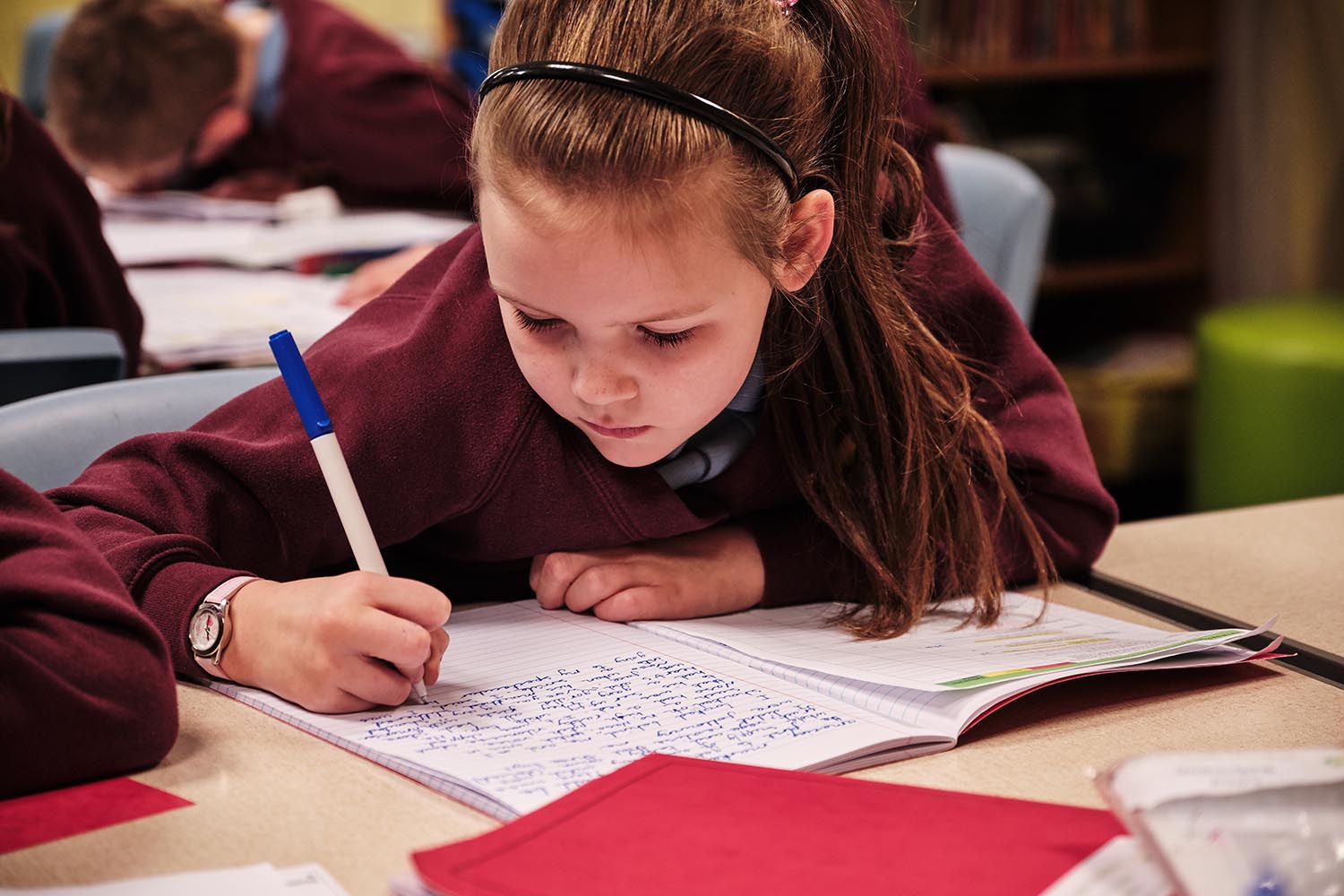
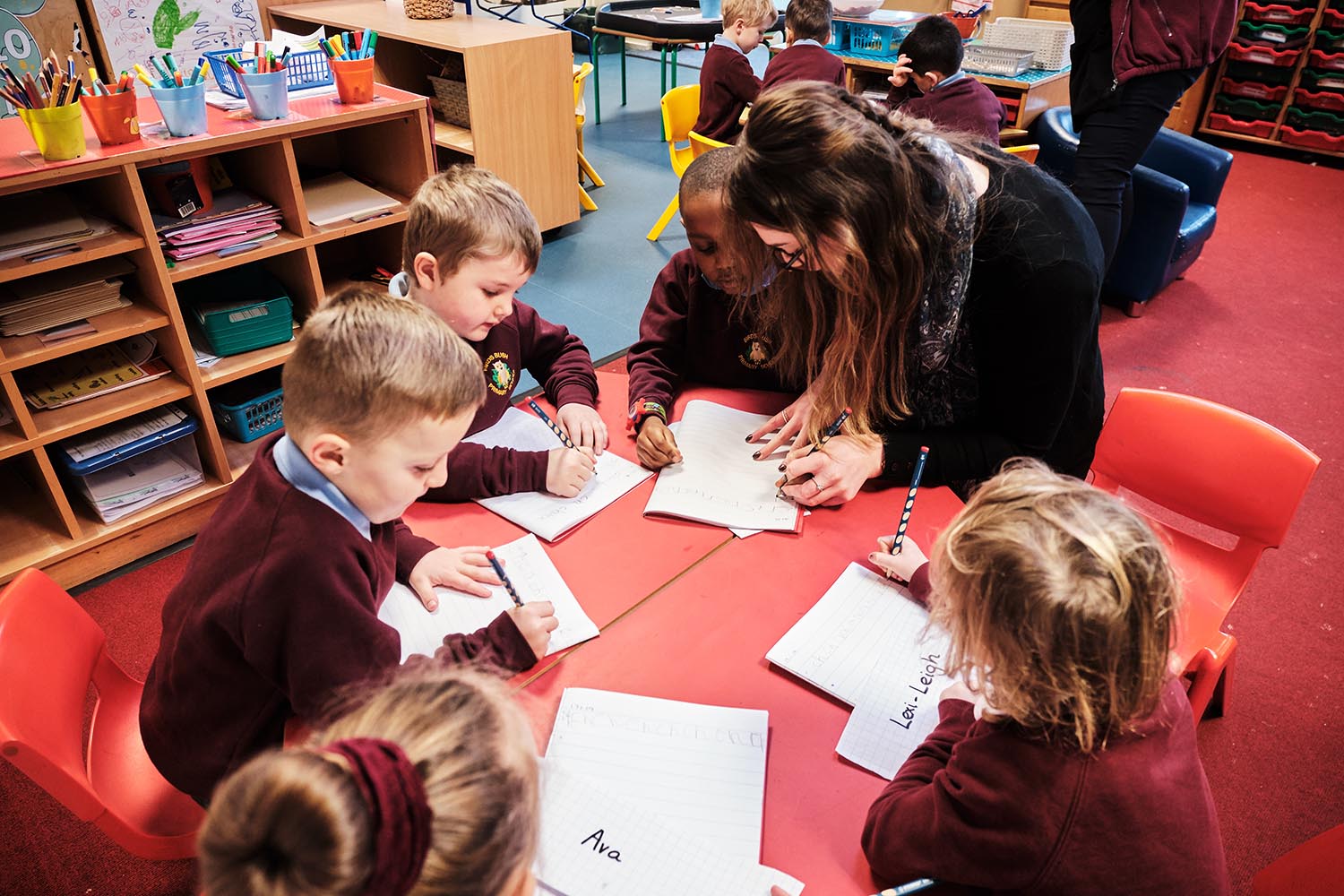
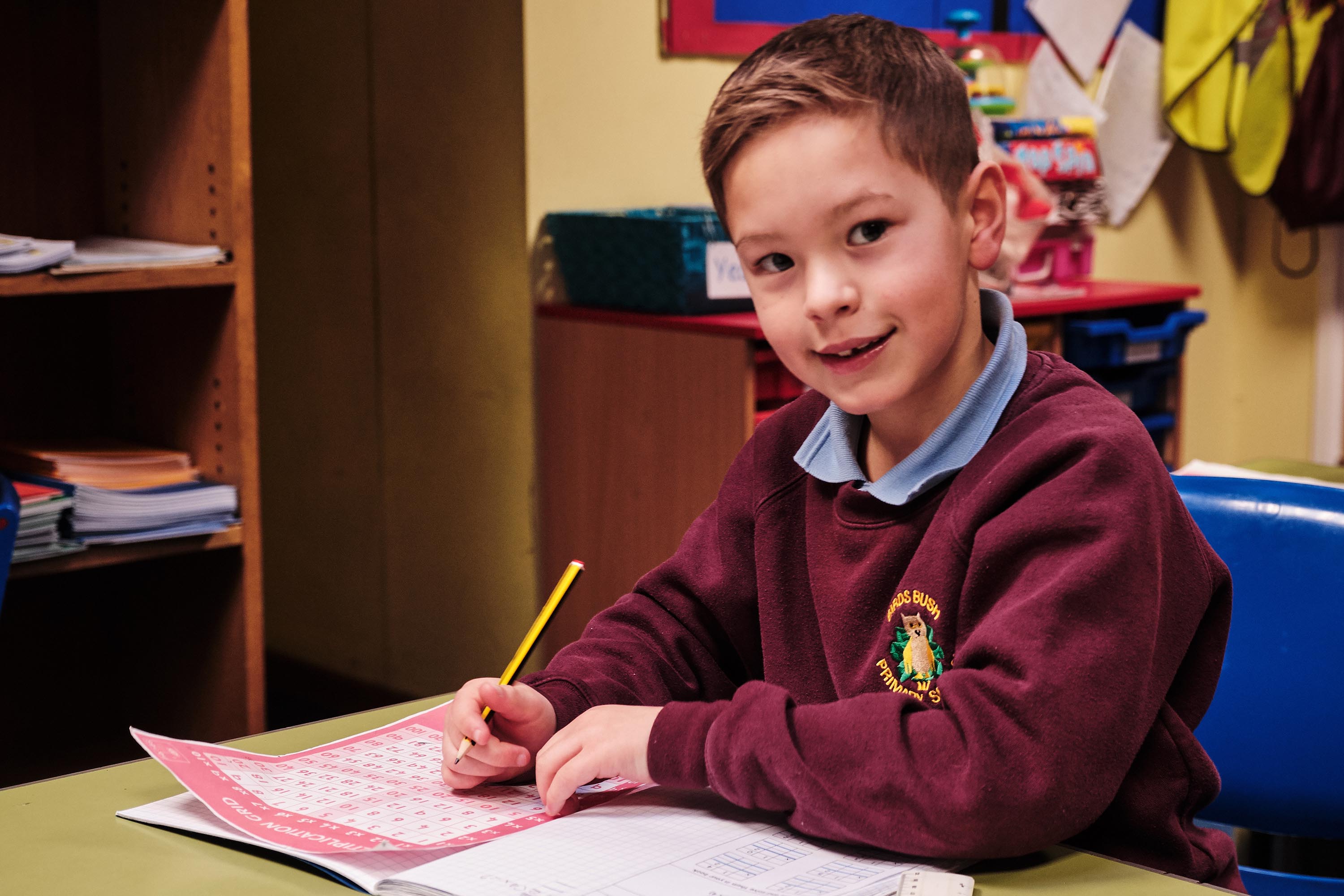
WHY IS ENGLISH IMPORTANT TO OUR CHILDREN?
A child from Year 2
“In English we learn about writing and reading.”
A child from Year 4
“We learn about description and writing in Year 2 and it is important because we need to be able write about things.”
A child from Year 5
“English is really important because we need to learn how to talk using adjectives and better description. We also need to read to help us learn about the world and enjoys new stories.”
How DO WE TEACH WRITING?
Talk for writing
Talk for Writing enables children to imitate the key language they need for a particular topic orally before they try reading and analysing it. Through fun activities that help them rehearse the tune of the language they need, followed by shared writing to show them how to craft their writing, children are helped to write in the same style.
The structure of our writing units is:
-
- Cold task – (completed prior to the start of the unit to ensure that targets can be generated, and planning tailored to meet the children’s specific learning needs).
- Creative Hook – used to excite the children and engage them into the writing journey.
- Model Text introduced with a story/text map to support the learning –which has been tailored in light of the cold task.
- Vocabulary focus – vocabulary is discussed with children at every opportunity, exemplified and put into context. Vocabulary is displayed around the environment.
- Oral retelling and immersion of the text
- Comprehension – reading as a reader to understand the text.
- Identifying the underlying structure of the text (Boxing up)
- Sentence level skills work – short burst writing linked to vocabulary, grammar or text structure highlighted from targets.
- Innovation – pupils make changes to the text. They learn, rehearse, and write a new version of the text.
- Independent application – Pupils must have the opportunity to independently apply the skills they have learnt in English and whenever possible be given the opportunity to apply these skills across the curriculum.
- Publishing and celebrating – Children are encouraged to show case their work through different publishing and presenting opportunities. We have regular corridor displays of children’s writing.
What is Talk for Writing?
How DO WE TEACH READING?
Phonics
At Bird’s Bush Primary School, our children’s reading journey commences through Read, Write Inc Phonics. We start this journey in Reception, and we aim for children to complete phonics by the end of Year 1.
Read Write Inc Videos for Parents
Understanding phonics
How to say the sounds
What is sound blending?
Reading in School
We know that the ability to read is fundamental to pupils’ development as independent learners, during their time at school and beyond. We understand that reading successfully and with enjoyment is critical to children’s long term life chances. It is central to our ability to understand, interpret and communicate with each other and the world around us. Therefore, reading is given high priority at our school, enabling children to become enthusiastic, independent and reflective readers across a wide range and types of literature, including different text types and genres, books, leaflets, comics and newspapers.
Home Readers
Your child will be sent home with a reading book within the first weeks at School. These initially will start as picture books before moving on to books with words in. We have a range of books on offer to our children and we encourage them to start to change their book regularly and independently as they move from Reception into Key Stage 1.
Home reading books are sent home to be shared together and at an appropriate and comfortable reading level. We encourage children, with the support of their parents, to record what they have read in their home reading record. Children will be heard read within school at least once a week individually.
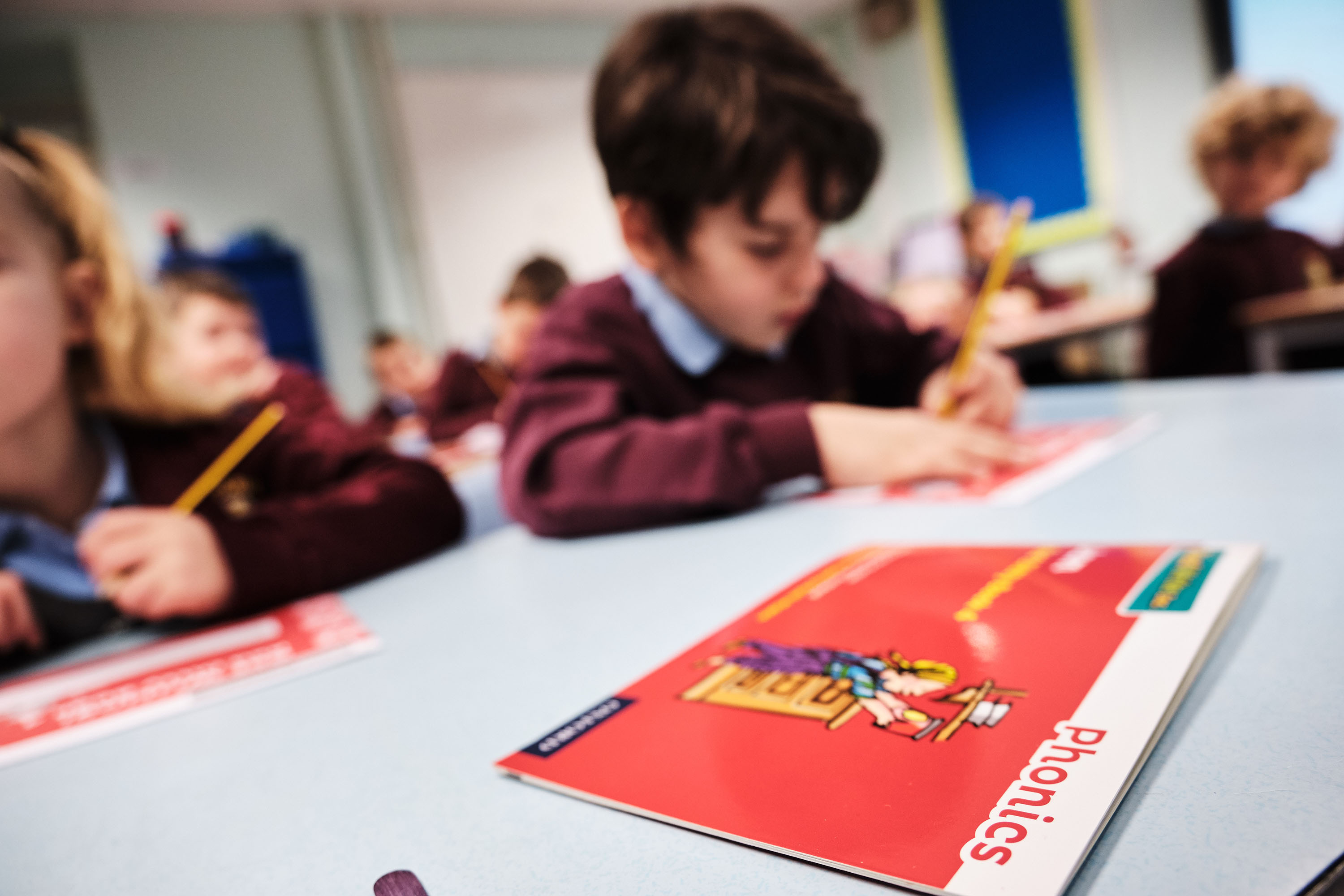
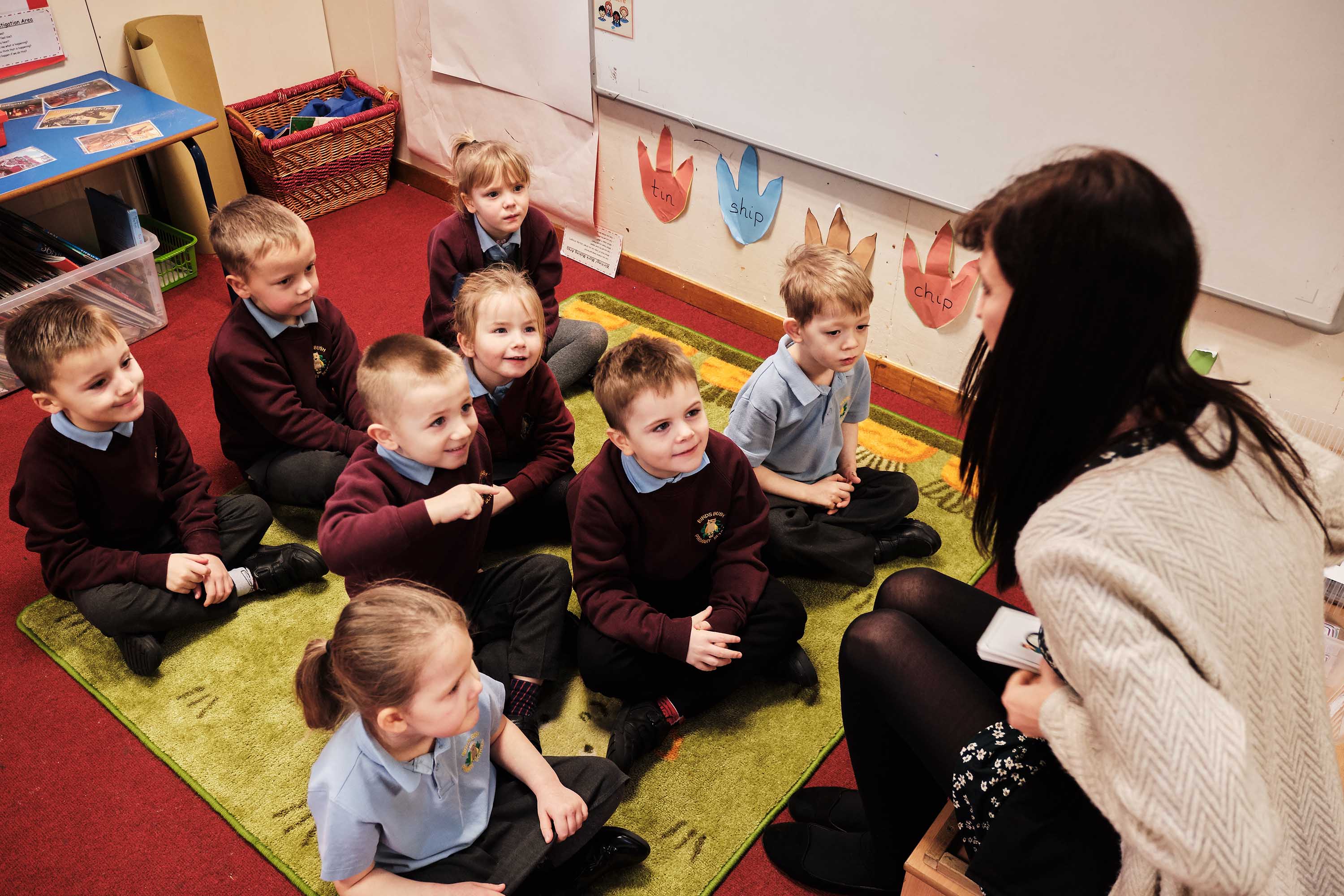
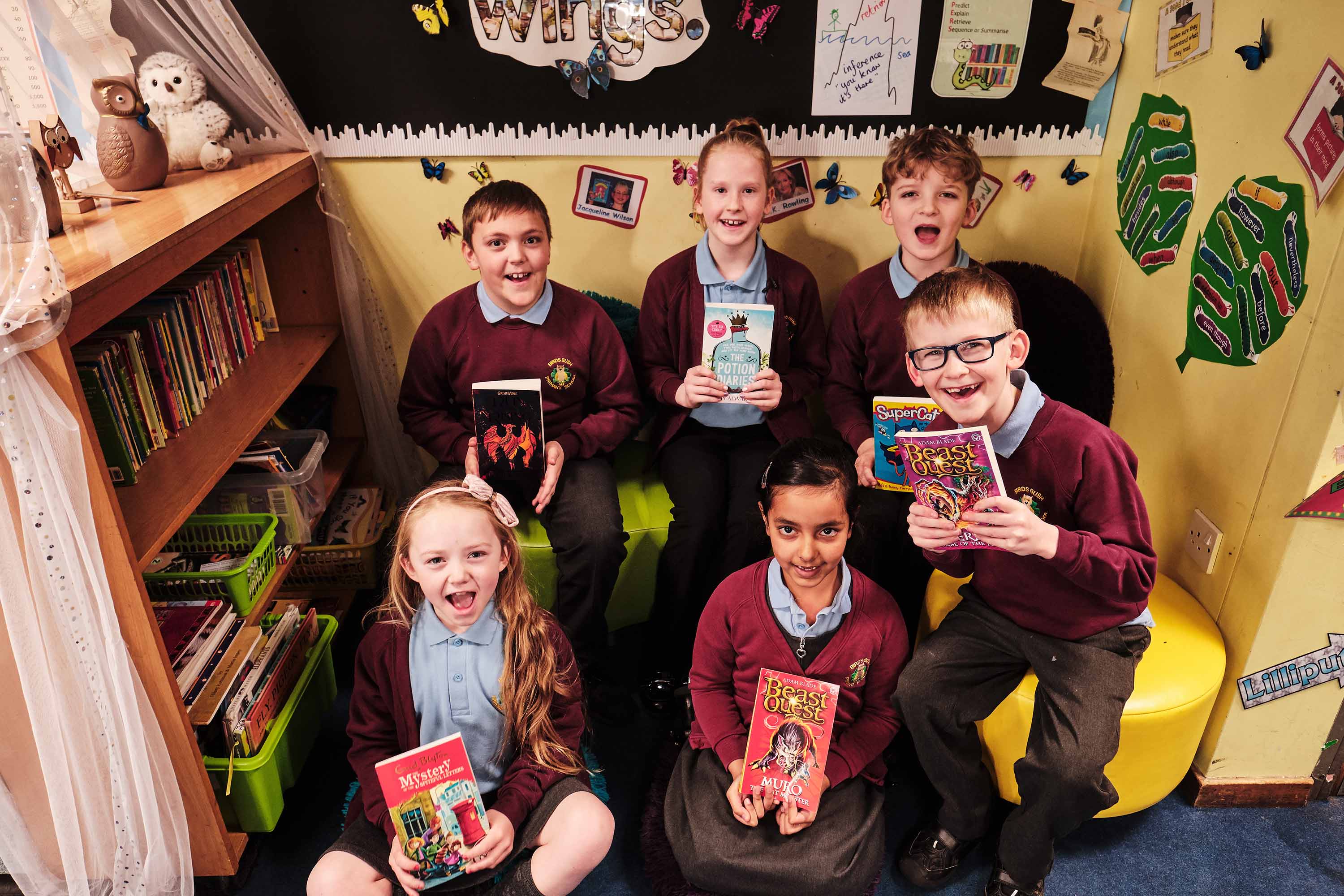
Handwriting - Kinetic Letters
Handwriting is a physical activity that involves movement and recognition skills that need to be learnt and become part of the automatic cognitive skill set of the pupil. To achieve this, Birds Bush has chosen the Kinetic Letters handwriting programme.
Handwriting is of fundamental importance to educating our pupils because pupils who do not learn to read and write fluently and confidently are, in every sense, disenfranchised. The mastery of automaticity in handwriting is therefore one of the key priorities of the school.
Click here to access videos on how you can support your child’s handwriting at home.
The key principles of the programme are:
-
- Building physical strength underpins handwriting and concentration. This knowledge informs the working positions that children use for writing and the strengthening targets they work on.
- Pupils are not expected to do anything before they are developmentally ready for it.
- The different components of writing are mastered individually before being used in combination.
- Letters are learnt as movements, not as visual shapes, and movement remains central to developing automaticity in letter formation, flow and fluency.
- Posture is important in developing the correct position for handwriting and so children are taught how to organise their working position and paper position to enable comfortable and fluent writing from the start.
- Correct pencil hold is taught from the start (ie as soon as a tri-pod grip is developmentally appropriate).
- Reading and writing are reciprocal processes; strengthening handwriting skills will support reading and writing development.